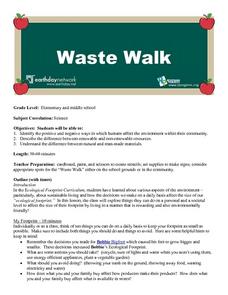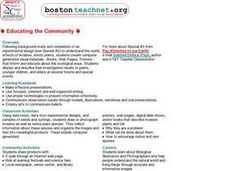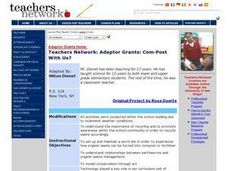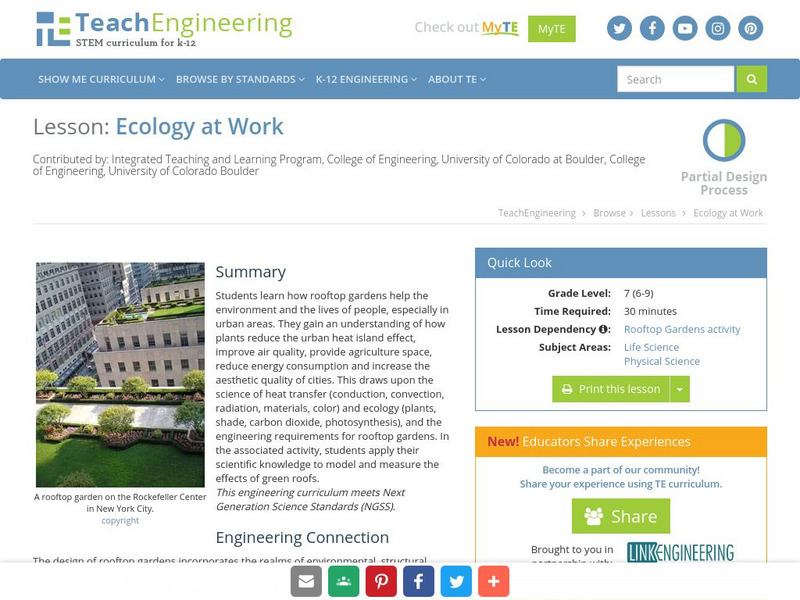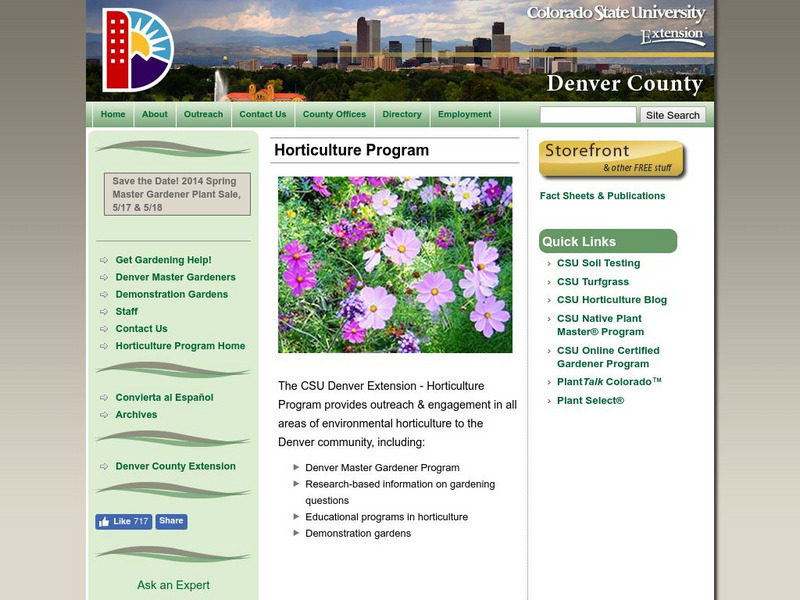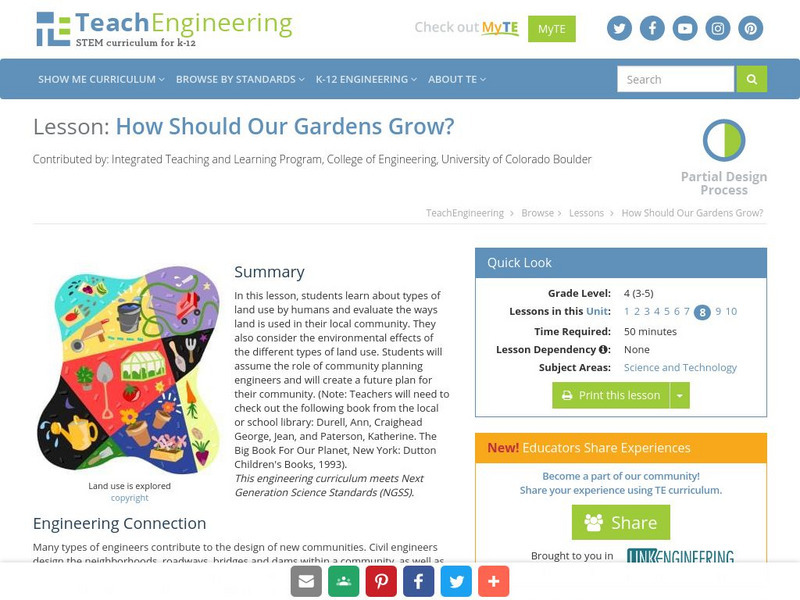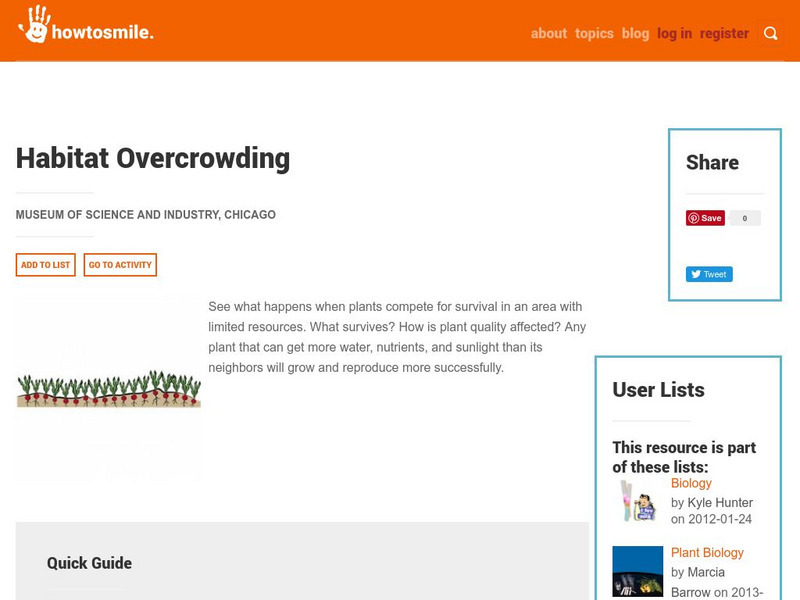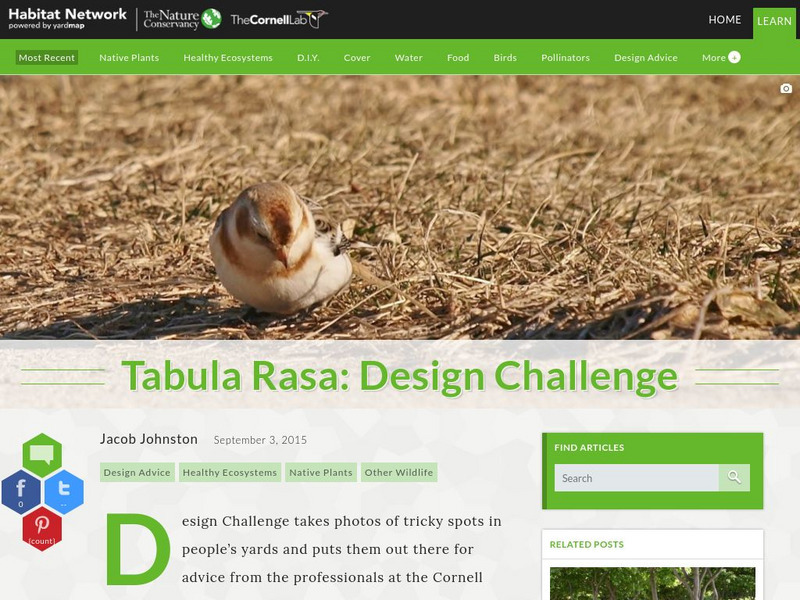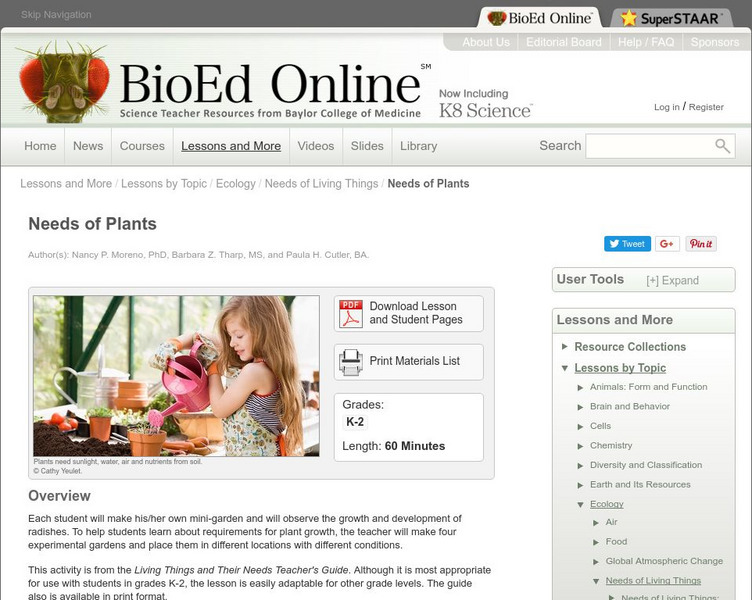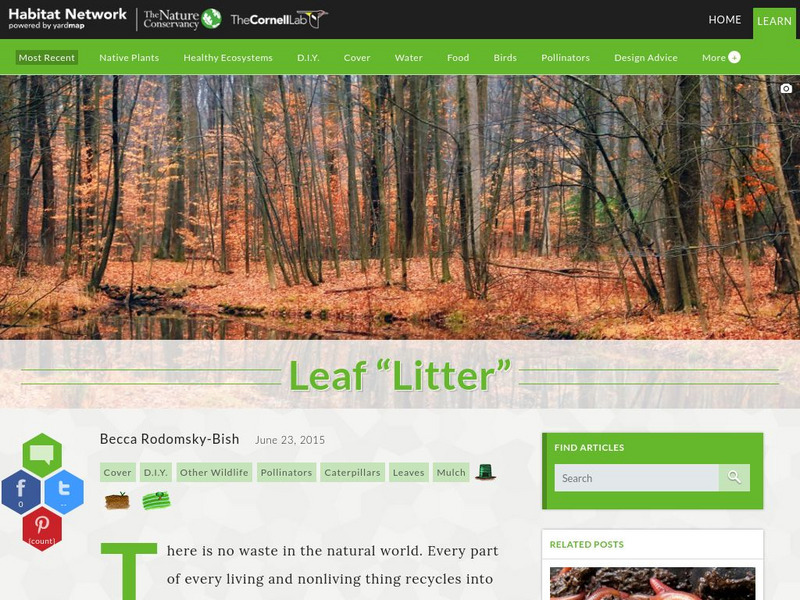Curated OER
Where are the Dinosaurs?
Students find the similarities of dinosaurs and the animals of today. In this dinosaurs lesson, students understand why dinosaurs have become extinct. Students research and create dinosaur dioramas and finger puppets.
Curated OER
Environmental Fundraiser Project
For this environment worksheet, students follow steps in order to create a fundraiser to help the environment. Students follow 4 steps.
Curated OER
Riparian Buffers
In this riparian buffer activity, students click on the links to learn about why we should maintain the riparian buffer and answer short answer questions about it. Students answer 7 questions.
Curated OER
What Parts Are There to a Plant?
Learners explore botany by completing plant science worksheets. In this plant anatomy lesson, students examine real vegetables in class using magnifying glasses. Learners identify the plants anatomy and complete worksheets discussing...
Curated OER
Environment: Waste Walk
Students assess the positive and negative affects of humans on the environment. The lesson explores ways in which individuals and societies can reduce the negative impact on the environment. By taking a "waste walk" around their campus,...
Curated OER
This Stuff Makes Me Sick
Students participate in a lab showing the effects of pesticides on Lumbriculus variegatus. Several extensions and variations are also included in this lesson including one which relates the experiment to how pesticides enter our drinking...
Curated OER
What is a Pest?
Students investigate whether rabbits should be considered pests even though they make good pets. They extend this to determine what, when, and where other organisms are considered to be pests, and examine why the concept of a pest is a...
Curated OER
Zoobilation
Students research and use their findings to design a PowerPoint presentation and zoo-type habitat with the correct ecosystem for their animal group using a variety of materials such as cardboard boxes, aquariums etc.
Curated OER
Educating the Community
Students research the effects of invasive and exotic plants. They create posters, webpages and books to educate the community. They present their material in different forums.
Curated OER
Com-Post With Us?
Students discuss the importance of reducing, recycling and reusing materials to help the environment. As a class, they create a worm bin and observe how it turns material in to compost. They use the internet to research the...
TeachEngineering
Teach Engineering: Ecology at Work
Students learn how rooftop gardens help the environment and the lives of people, especially in urban areas. They gain an understanding of how plants reduce the urban heat island effect, improve air quality, provide agriculture space,...
Texas Education Agency
Texas Gateway: Ecological Succession
This tutorial is an exploration of primary and seconday succession.
Other
Ny Botanical Garden: Fungal and Plant Diversity
Findings of an expedition by the New York Botanical Garden in French Guiana to investigate vegetation.
Colorado State University
Gardening & Horticulture in Denver: Gardening With Children
The section on plant projects for kids has lots of hands-on ideas for studying plant biology. Activities are included for stages from seed germination to growth. Geared more to the younger student.
Canadian Museum of Nature
Canadian Museum of Nature: Native Plant Gardening
Plants native to Canada that would do well in small, ecologically friendly gardens are presented here. There are several plants each for ponds, meadows and woodlands. Each plant has a popup window with facts about it.
Missouri Botanical Garden
Missouri Botanical Garden: Water Pollution
Water pollution occurs when a body of water is adversely affected due to the addition of large amounts of materials to the water. The sources of water pollution are categorized as being a point source or a non-source point of pollution....
Missouri Botanical Garden
Missouri Botantical Garden: Sponges!
This site from The Evergreen Project gives an easy to understand description of the Sponges.
TeachEngineering
Teach Engineering: How Should Our Gardens Grow?
In this lesson plan, students will learn about types of land use by humans and evaluate the ways land is used in their local community. They will also consider the environmental effects of the different types of land use. Students will...
Cosmo Learning
Cosmo Learning: Sustainable Living
A collection of video lectures from a unique course taught at the University of California, Los Angeles on sustainable living. The lectures range in topics from food systems to organic gardens. The lecturers also vary in their expertise...
Other
National Science Digital Library: Smile: Habitat Overcrowding
Experiment with crowd control in a garden. Students will test what happens to radish plants observing who survives, who gets the most food, water and sunlight.
Cornell Lab of Ornithology
Habitat Network: Tabula Rasa: Design Challenge
Design Challenge takes photos of tricky spots in people's yards and puts them out there for advice from the professionals at the Cornell Lab of Ornithology. Check out the ecological possibilities with this blank slate.
BioEd Online
Bio Ed Online: Needs of Plants
Each student will make his/her own mini-garden and will observe the growth and development of radishes. To help students learn about requirements for plant growth, the teacher will make four experimental gardens and place them in...
National Gallery of Art
National Gallery of Art: Rousseau in the Jungle
Rousseau imagined Tropical Forest with Monkeys from trips to botanical gardens, zoos, and illustrations in books. Students will conduct research and imagine themselves in a place other than where they live. They also will investigate the...
Cornell Lab of Ornithology
Habitat Network: Leaf Litter
Leaf-litter plays many important ecological roles. Find out some of the ways leaves are secretly at work in your gardens and parks.






